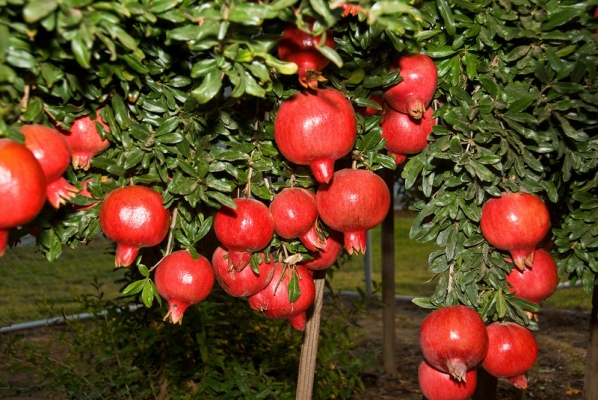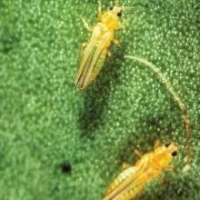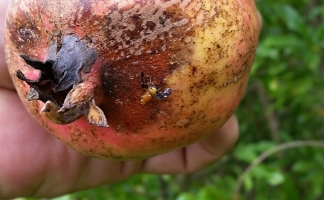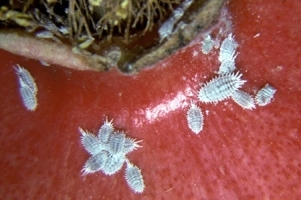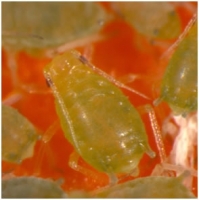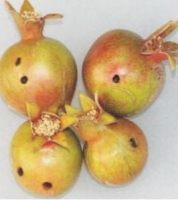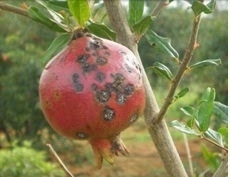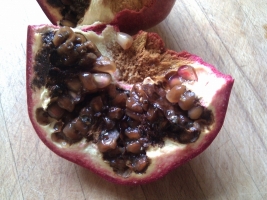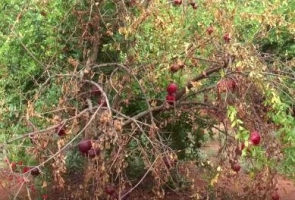General Information
Pomegranate known as Anar in Hindi, is commercial crop of India. Its origin lies in Persia. It is a rich source of carbohydrates, proteins, calcium, phosphorus, iron and vitamin C. Pomegranate eaten as fresh fruit also its juice is cool and refreshing. Along with juice, each and every part of pomegranate have some medicinal value. Its root and peel used to cure diarrhoea, dysentery and worm killing in the intestines. Its petals are used for preparing dyes. Maharashtra is major producer of Pomegranate. Other states like Rajasthan, Karnataka, Gujarat, Tamil Nadu, Andhra Pradesh, Uttar Pradesh, Punjab and Haryana are also cultivating pomegranate on small scale.

